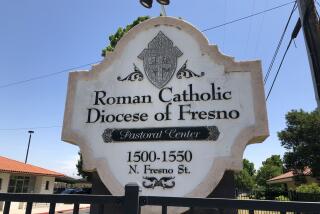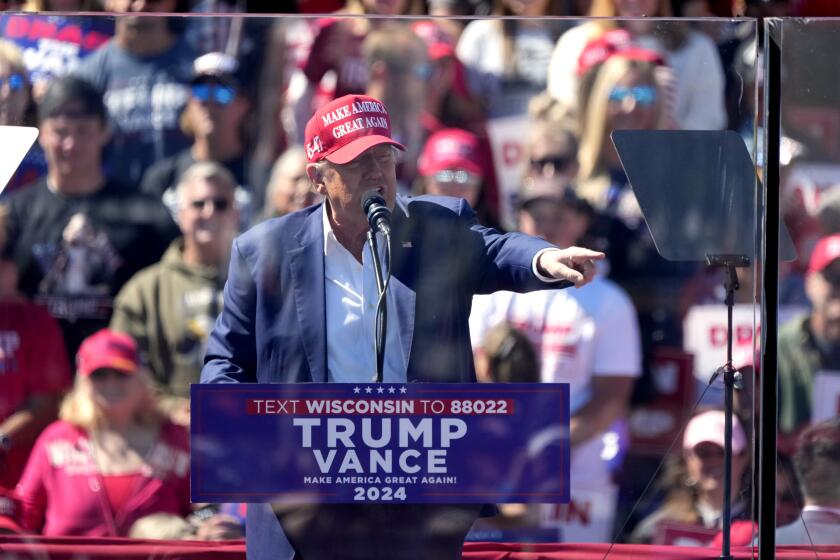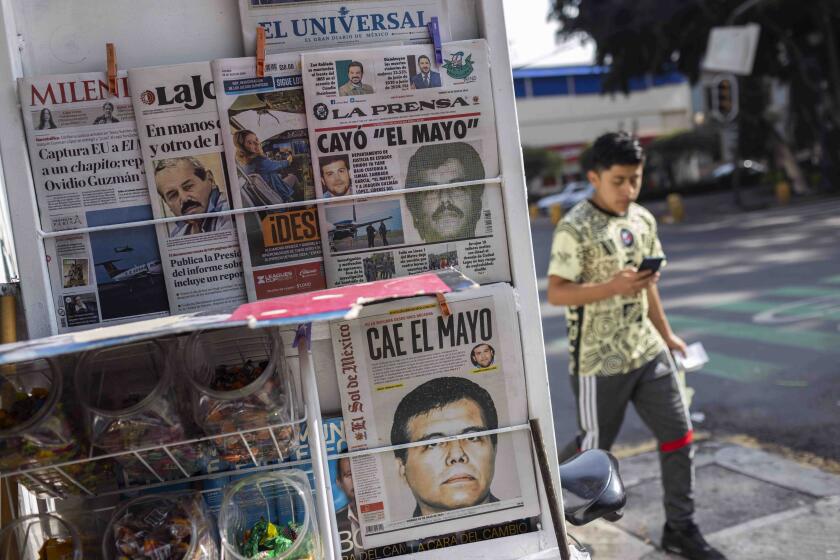‘Like a playbook for concealing the truth’: Pennsylvania grand jury details how Catholic Church allegedly covered up priest abuse
The 1,356-page report from Pennsylvania begins with a plea: “We, the members of this grand jury, need you to hear this.” The Roman Catholic Church’s darkest secrets start tumbling out not long afterward.
In the Diocese of Allentown, one priest was confronted by his superiors and said: “Please help me. I sexually molested a boy.”
The diocese indeed helped him by letting the priest serve for several more years after the diocese concluded that “the experience will not necessarily be a horrendous trauma” for the boy, the report says.
In the Diocese of Erie, according to the report, one priest confessed to orally and anally raping at least 15 boys, who were as young as 7 years old. He was not removed from the priesthood until years later. The bishop ordered the parish to not say why, adding, “Nothing else need be noted.”
The landmark report into Catholic priest abuse released Tuesday in Pennsylvania — the culmination of a two-year grand jury investigation launched by the state’s attorney general — is thought to be the most extensive U.S. inquiry into how Catholic priests sexually abused children for at least half a century and were shielded by senior church officials trying to avoid public controversy.
Based on half a million pages of internal church documents, as well as the testimony of dozens of witnesses, the grand jury identified 301 “predator priests” who abused more than 1,000 children in six of Pennsylvania’s eight dioceses, with the “real number” of victims thought to be in the thousands. (Pennsylvania’s Altoona-Johnstown Diocese and the Archdiocese of Philadelphia had already been investigated by other grand juries.)
“We’ve never seen a report that gives so much detail on so many priests,” said Terence McKiernan, founder and president of BishopAccountability.org, a watchdog nonprofit that researches and archives allegations against clergy members.
The bulk of the abuse identified in the Pennsylvania report happened before the early 2000s, when inquiries into sexual abuse by Catholic priests launched a global reckoning outside and inside the church over its handling of problem clergy, which had been marked by evasion and secrecy.
The grand jury report said the strategies used by the Catholic Church to respond to allegations of sexual abuse amounted to “a playbook for concealing the truth.”
The seven steps in the “playbook” were: 1) use euphemisms like “boundary issues” instead of “rape”; 2) use fellow clergy to conduct investigations; 3) send problem priests to church-run treatment centers; 4) decline to say why abusive priests were removed; 5) provide housing and living expenses for predator clergy; 6) transfer problem priests to new dioceses; and 7) avoid reporting the priests to the police.
“The cover up was sophisticated,” said Pennsylvania Atty. Gen. Josh Shapiro, a Democrat, in a statement. “The church protected the institution at all costs.”
Despite the number of cases of child abuse identified, the grand jury indicted only two priests — both on suspicion of sexually assaulting children — because the statute of limitations had passed on most of the rest.
Both cases involved allegations from the last decade. One of the priests was accused of ejaculating into the mouth of a 7-year-old. The other is alleged to have assaulted two boys “on a monthly basis” for years.
For the other abusers, “this report is our only recourse,” the grand jury wrote, vowing to “name their names, and describe what they did — both the sex offenders and those who concealed them.”
One name was Cardinal Donald Wuerl, who is currently the archbishop of Washington, D.C. The grand jury detailed how he managed his priests suspected of abuse during the time he was a bishop in Pittsburgh between 1988 and 2006.
There, a priest under Wuerl’s watch, Ernest Paone, had previously been accused of “molesting young boys” in another parish in 1962. Initially, Wuerl’s predecessors responded by shifting Paone to posts in Southern California, where he served in Los Angeles, Diamond Bar and San Diego, and where his duties included teaching seventh- and eighth-graders.
A Pennsylvania district attorney in the 1960s had decided not to press charges against Paone “in order to prevent unfavorable publicity,” according to a letter the prosecutor sent to the church. (Confronted by the grand jury about his decision, the prosecutor, Robert Masters, cited “respect” for church leadership and added, “I really have no proper answer.”)
In 1991, Wuerl, overseeing Paone from Pittsburgh, granted a request by the priest to be reassigned to the Diocese of Reno-Las Vegas in good standing.
Three years later, Wuerl’s diocese learned more about allegations against Paone dating from the 1960s and notified the dioceses in California and Nevada. But Wuerl did not recall or suspend him.
After scrutiny into the church’s handling of abusive priests began to grow in 2002, the Pittsburgh diocese suspended Paone and notified prosecutors about allegations of “inappropriate touching” in the early 1960s. Wuerl accepted Paone’s resignation in 2003.
“Approximately 41 years after the Diocese learned that Paone was sexually assaulting children, he was finally retired from active ministry,” the grand jury wrote. “The clear and present threat that Paone posed to children was hidden and kept secret from parishioners in three states. Wuerl’s statements had been meaningless without any action.”
In a letter to the priests of the Archdiocese of Washington on Monday, Wuerl said he had reviewed portions of the report and warned them that they might find the contents “disturbing.”
Wuerl acknowledged the church’s failings but defended himself by saying that societal standards for handling sexual assault cases had “evolved” over time and that he had “sought to implement child-protection policies that kept pace with or were ahead of that evolution.”
“While I expect that this report will be critical of some of my actions, I believe the report also confirms that I acted with diligence, with concern for the survivors and to prevent future acts of abuse,” Wuerl wrote.
The Archdiocese of Washington also launched a website Tuesday called “The Wuerl Record” to defend the cardinal. In an interview with the Catholic Standard, an archdiocese publication, Kim Viti Fiorentino, the chancellor and general counsel of the Archdiocese of Washington, said that the grand jury report relied on a “flawed process.”
“Many individuals who were accused in the report are deceased, and others were given no opportunity to present any evidence or defend against the allegations made,” Fiorentino said.
In a statement responding to the grand jury’s report, the leaders of the U.S. Conference of Catholic Bishops wrote that they were “grateful for the courage of the people who aided the investigation by sharing their personal stories of abuse” and felt “shamed by and sorry for the sins and omissions by Catholic priests and Catholic bishops” in the scandal.
“We pledge to maintain transparency and to provide for the permanent removal of offenders from ministry and to maintain safe environments for everyone,” the conference’s leaders said.
UPDATES:
7:50 p.m.: This article was updated throughout with staff reporting.
This article was originally published at 3:35 p.m.
More to Read
Sign up for Essential California
The most important California stories and recommendations in your inbox every morning.
You may occasionally receive promotional content from the Los Angeles Times.











